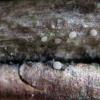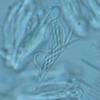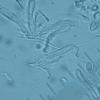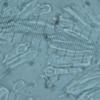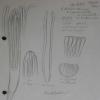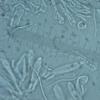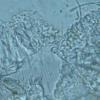
27-03-2011 13:17
Marja PennanenHello folks, once again I'm in trouble. I fou

26-03-2011 22:53
 Björn Wergen
Björn Wergen
Hi again, before I take new photos of the "myst

24-03-2011 21:37
 Björn Wergen
Björn Wergen
Hello, today I have found a Diaporthales (I thi

23-03-2011 21:45
 Jean Pierre Dechaume
Jean Pierre Dechaume
Bien malheureux de ne pas arriver au genre... Cha

23-03-2011 12:15
Bonjour, J'ai fait cette clé (pièce jointe), s

21-03-2011 21:26
Amy RossmanDear All, Thank you so much for responding abou

21-03-2011 14:04
Menéndez Juan LuisDear all, I know this is a web about ascomycete
Light with filiform spores
Marja Pennanen,
27-03-2011 13:17
once again I'm in trouble.
I found these tiny (0,1-0,2 mm wide) ones on Syringa and they all can be seen here:
Marja Pennanen,
27-03-2011 13:22
Marja Pennanen,
27-03-2011 13:24
Marja Pennanen,
27-03-2011 13:25
Christian Lechat,
27-03-2011 13:46

Re:Light with filiform spores
Hi Marja,
are you sure of the size of ascospores and asci?
Christian
are you sure of the size of ascospores and asci?
Christian
Hans-Otto Baral,
27-03-2011 13:52
Marja Pennanen,
27-03-2011 14:13
Marja Pennanen,
27-03-2011 14:15
Hans-Otto Baral,
27-03-2011 17:31

Re:Light with filiform spores
O.k., but I am afraid I have no idea.
Zotto
Zotto
